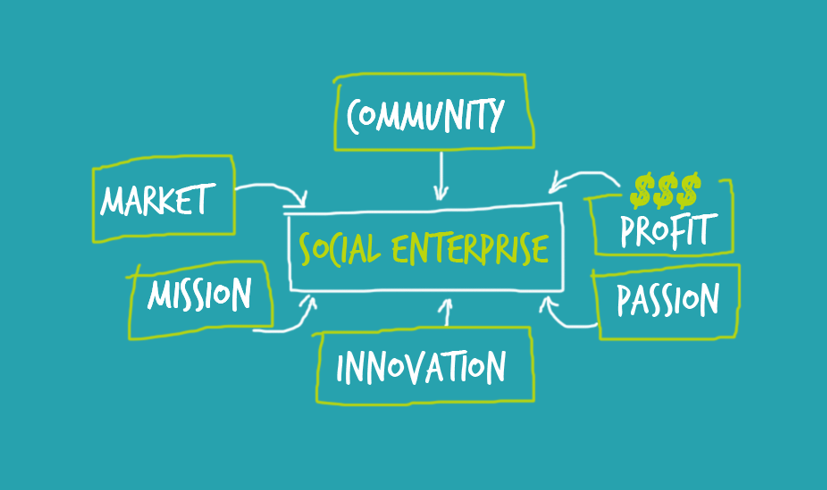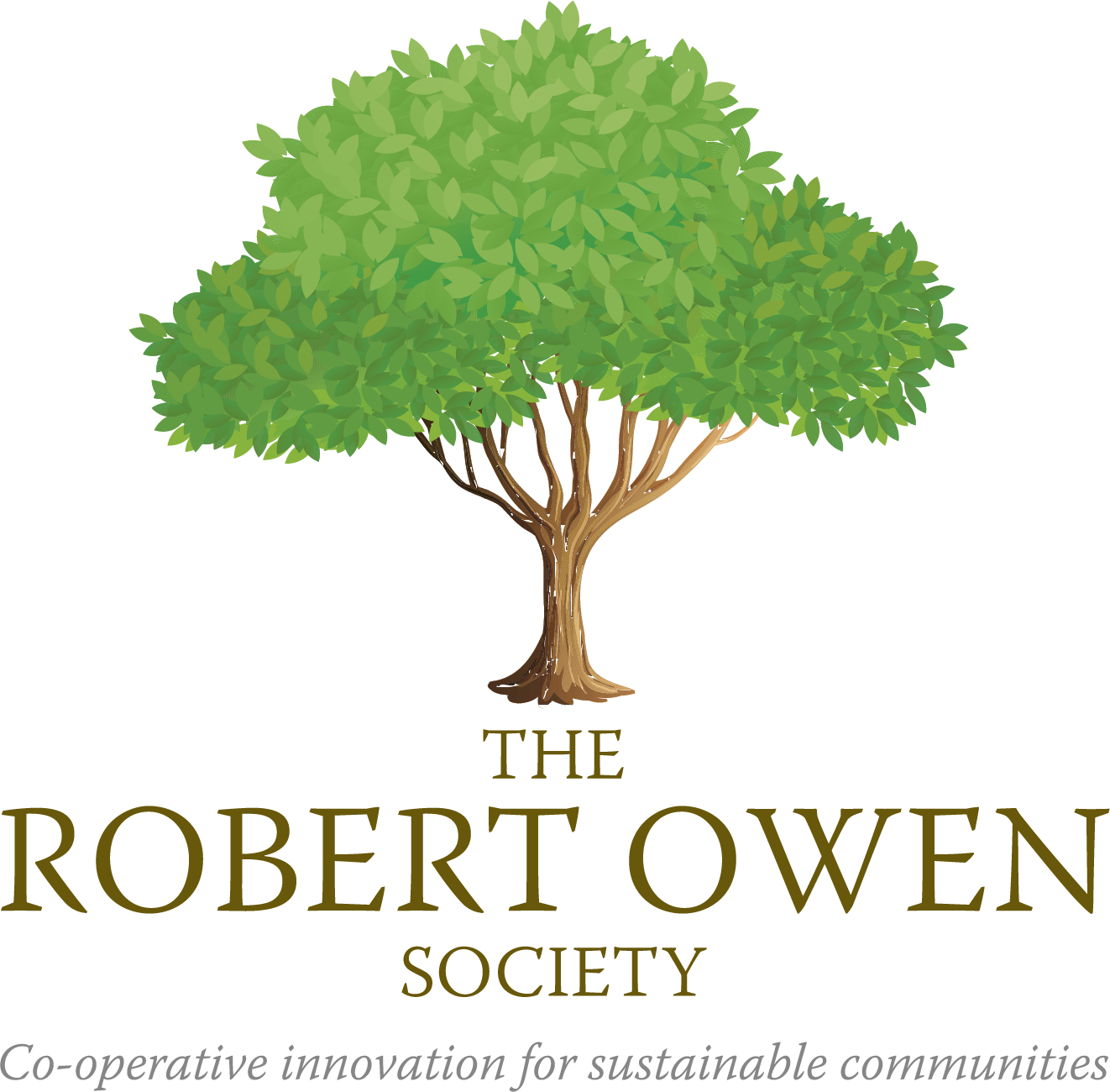A social enterprise refers to a business with certain social objectives as its primary goal while using a commercial structure to run the organization. Social enterprises usually attempt to make a strong societal impact while maximizing their profit as well, which is then used to fund their social programs.

Summary
- A social enterprise refers to a business with certain social objectives as its primary goal while using a commercial structure to run the organization.
- All social enterprises usually adopt two main goals – the first is to generate profits, while the second is to reach its social, cultural, economic, or environmental outcomes outlined in the company’s mission.
- Some categories of social enterprises include trading enterprises, financial institutions, community organizations, and NGOs and charities.
Understanding Social Enterprises
Social enterprises can be both non-profit or for-profit organizations and may take the forms of many different types of organizations. What is common in all social enterprises is the fact that they usually adopt two main goals – the first is to generate profits, while the second is to reach its social, cultural, economic, or environmental outcomes outlined in the company’s mission.
It is important to note that social enterprises operate under the structure of a traditional business, and on the surface, they may seem to look, feel, and operate like any other traditional business. However, the key to understanding a social enterprise is to understand its mission, which outlines its key social objectives.
Profit generation is still extremely important to social enterprises, as earnings are important to sustain the livelihood of the venture but the important difference is that instead of using its profit to distribute among shareholders, the profits are used to reinvest in the enterprise to help it achieve its social mission.
We should note that social enterprises usually offer some sort of good or service to consumers at a price,, it is not considered a social enterprise if it does not sell anything; instead, it instead is considered to be a social program.
Social enterprises will often have strong links to a registered charity or non-profit organization – sometimes a parent company –which feeds its profits to help better support its social mission.
Social Enterprise and Employment
An important differentiator of social enterprises is the fact that they often employ individuals coming from at-risk backgrounds and those from disadvantaged communities, such as visible minorities or indigenous groups. Often, such groups face discrimination and prejudice in society historically.
The goal of training and employing such individuals is to allow them to earn a living wage while enabling them to create self-sufficiency and rely less on government payouts and the social safety net. Sometimes, creating employment for disadvantaged individuals form the central mission of some social enterprises.
Types of Social Enterprises
Social enterprises are usually categorized into four main categories, although they are constantly evolving and may change over time as new areas are created. Despite their individual differences, all types of social enterprises attempt to operate while balancing both profit generation and the achievement of its social objectives.
1. Trading Enterprises
Trading enterprises refer to cooperatives, collectives, and other organizations that are worker- or employee-owned. They vary significantly in terms of size and organizational structure, but their joint ownership structure allows a higher degree of economic resiliency in comparison with other forms of enterprises.
2. Financial Institutions
Some types of financial institutions also fall into the social enterprise category, including organizations such as credit unions, cooperative banks, and revolving loan funds, which are membership-owned. Credit unions, for example, are structured so that members automatically become owners when they deposit money into the union as a customer and the credit union uses the deposited money to help other members.
Credit unions offer higher savings rates, low interest rates, and focus less on making profits and more on helping its respective members. Cooperative banks are another institution – which, similar to traditional banks – takes deposits and provides loans to its customers but operates on a cooperative basis meaning that they are owned by their customers.
Cooperative banks are criticized for diluting their principles, as they sometimes offer an opportunity for non-members to use their services, as many are traded on public stock exchanges. They also raise money in public stock markets, which gives rise to the issue of a separate class of shareholders who compete with cooperative members for control of the bank.
3. Community Organizations
Community organizations refer to registered social enterprises, which may include community enterprises, community centers, housing cooperatives, community interest organizations, certain smaller shops, and sports clubs.
They are typically membership organizations that exist for a particular purpose and trade commercially with the goal of operating to reinvest profits into the community. Often, the membership is quite large, and the members are supporters of the organization’s mission.
4. Non-Governmental Organizations (NGOs) and Charities
NGOs and charities operate on both a large and small scales and are usually established to support a specific social, environmental, or political goal. The profits are used to further the social or environmental aims of the organization or to provide salaries for people who provide free services to specific groups of people.
More Resources
CFI is the official provider of the Commercial Banking & Credit Analyst (CBCA)™ certification program, designed to transform anyone into a world-class financial analyst. In order to help you become a world-class financial analyst and advance your career to your fullest potential, these additional resources will be very helpful:
- Corporate Social Responsibility (CSR)
- ESG (Environmental, Social and Governance)
- Microfinance
- Sustainable Investing
With thanks to CFI
